Cotton: From Seed to Crop
Cotton, undoubtedly, is a crop that is widely known as ‘king of fibre.’ This white gold contributes around 14 per cent of the total industrial production, generates around 8 per cent of central excise revenue and amounts to around 3 per cent of the national GDP.
India has always been home to several varieties of indigenous cotton. Each variety was grown in a particular geographic region. With the introduction of Bourbon cotton from England in 1797, there was a gradual replacement of indigenous varieties. Effective pest control in cotton became one of the biggest problems and it persisted long after independence as well. This had a direct effect on the rise of pesticide use as well.
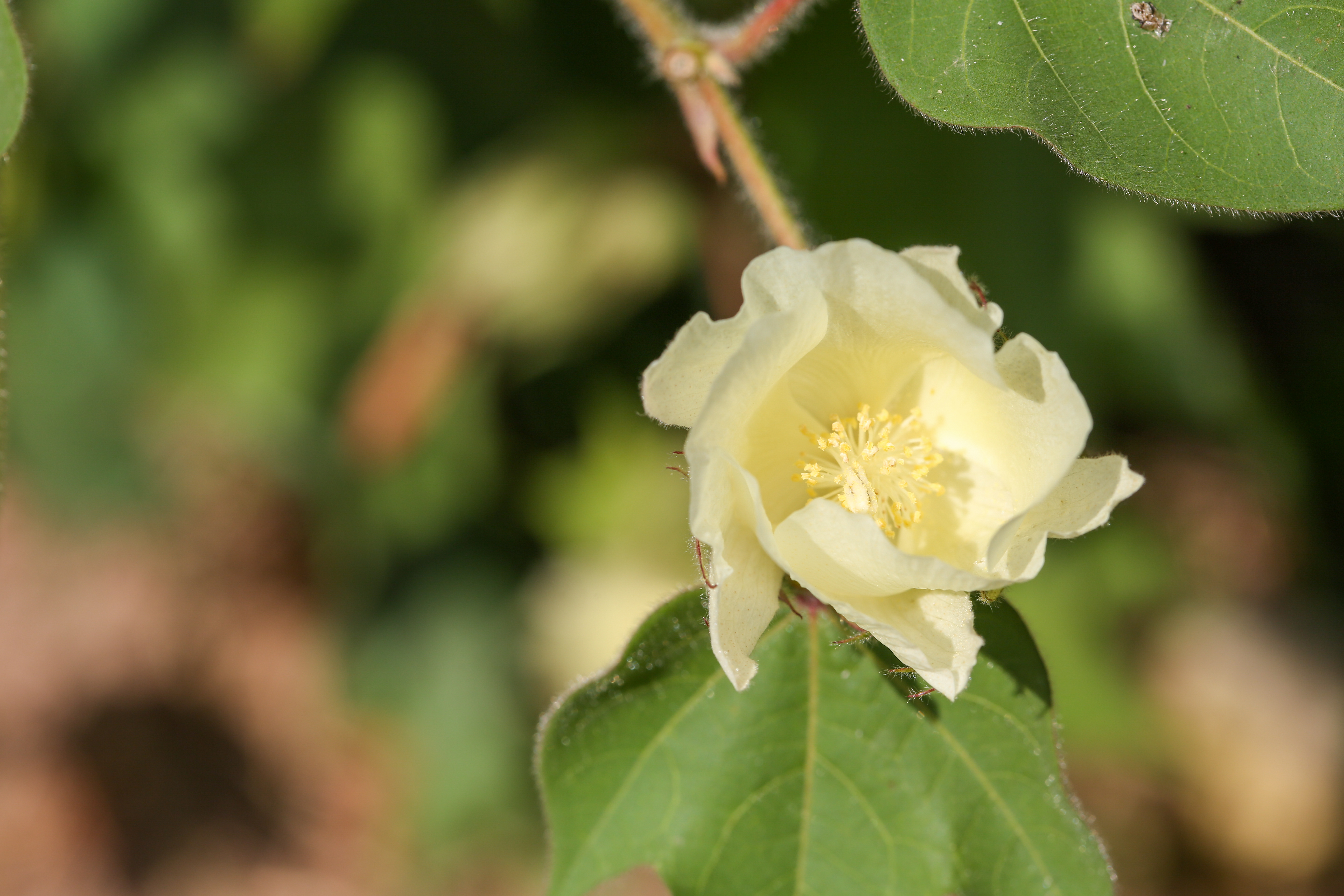
Gossypium hirsutum: upland cotton, native to Central America, Mexico and the Caribbean
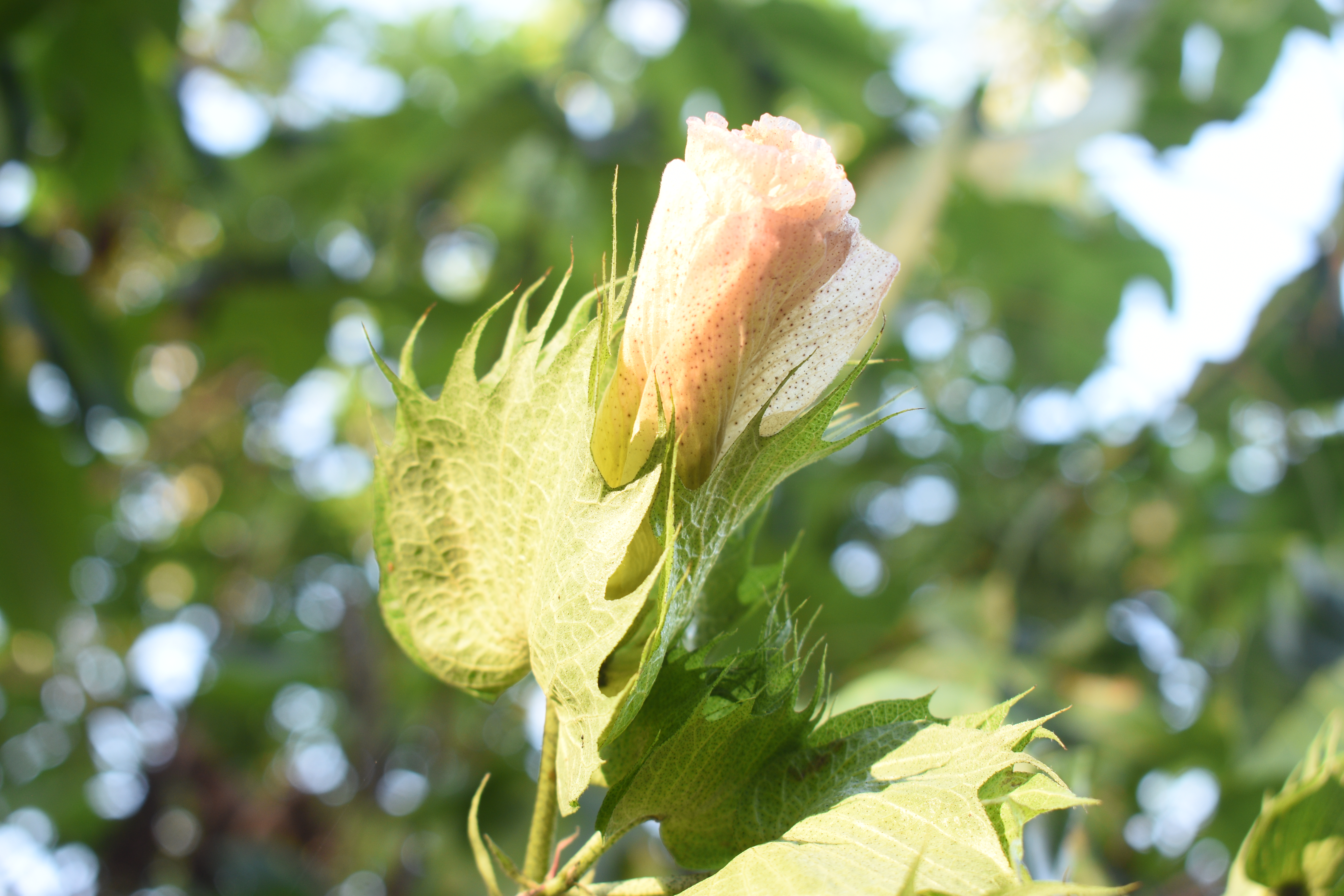
Gossypium barbadense: extra-long staple cotton, native to tropical South America
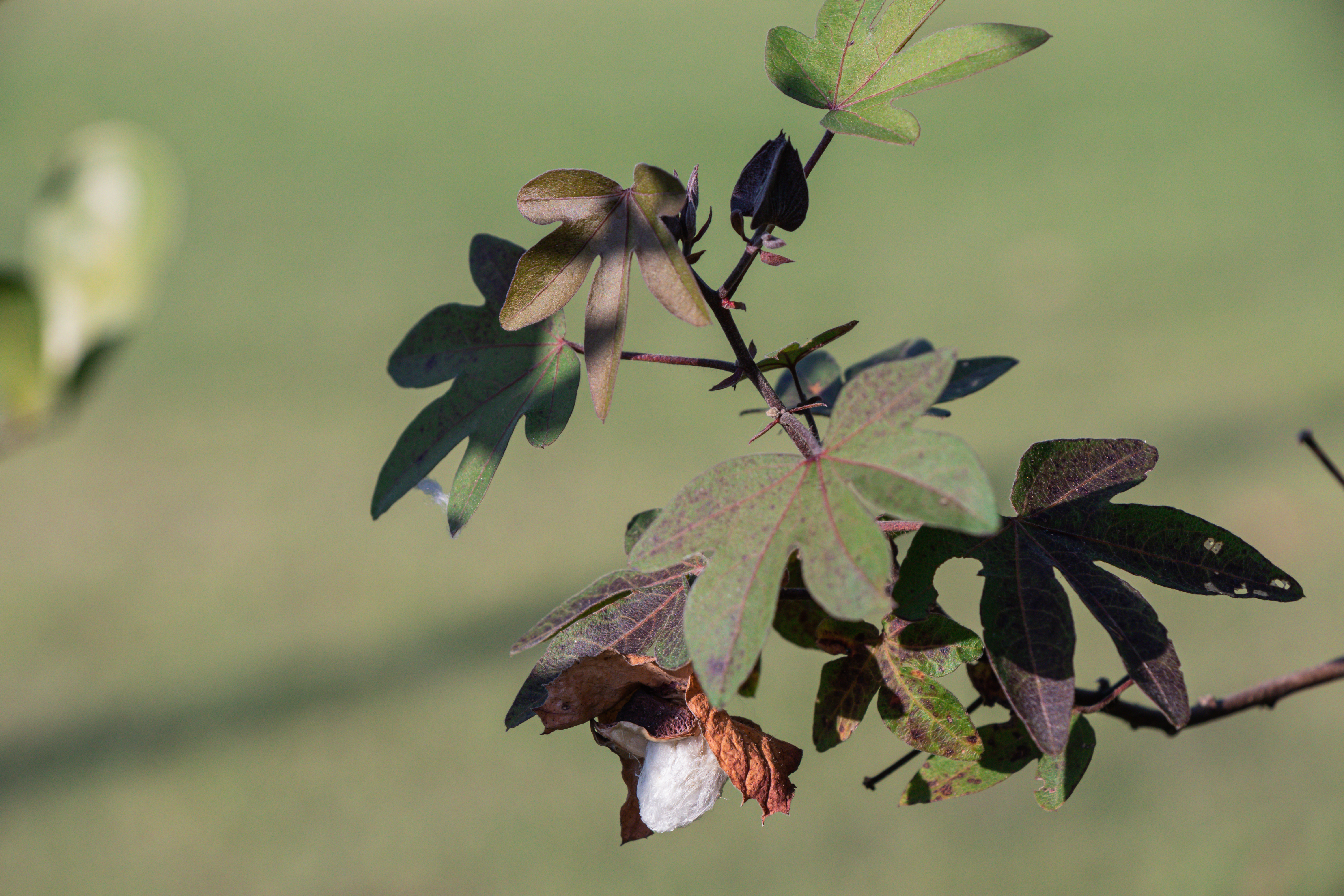
Gossypium arboretum: tree cotton, native to India and Pakistan
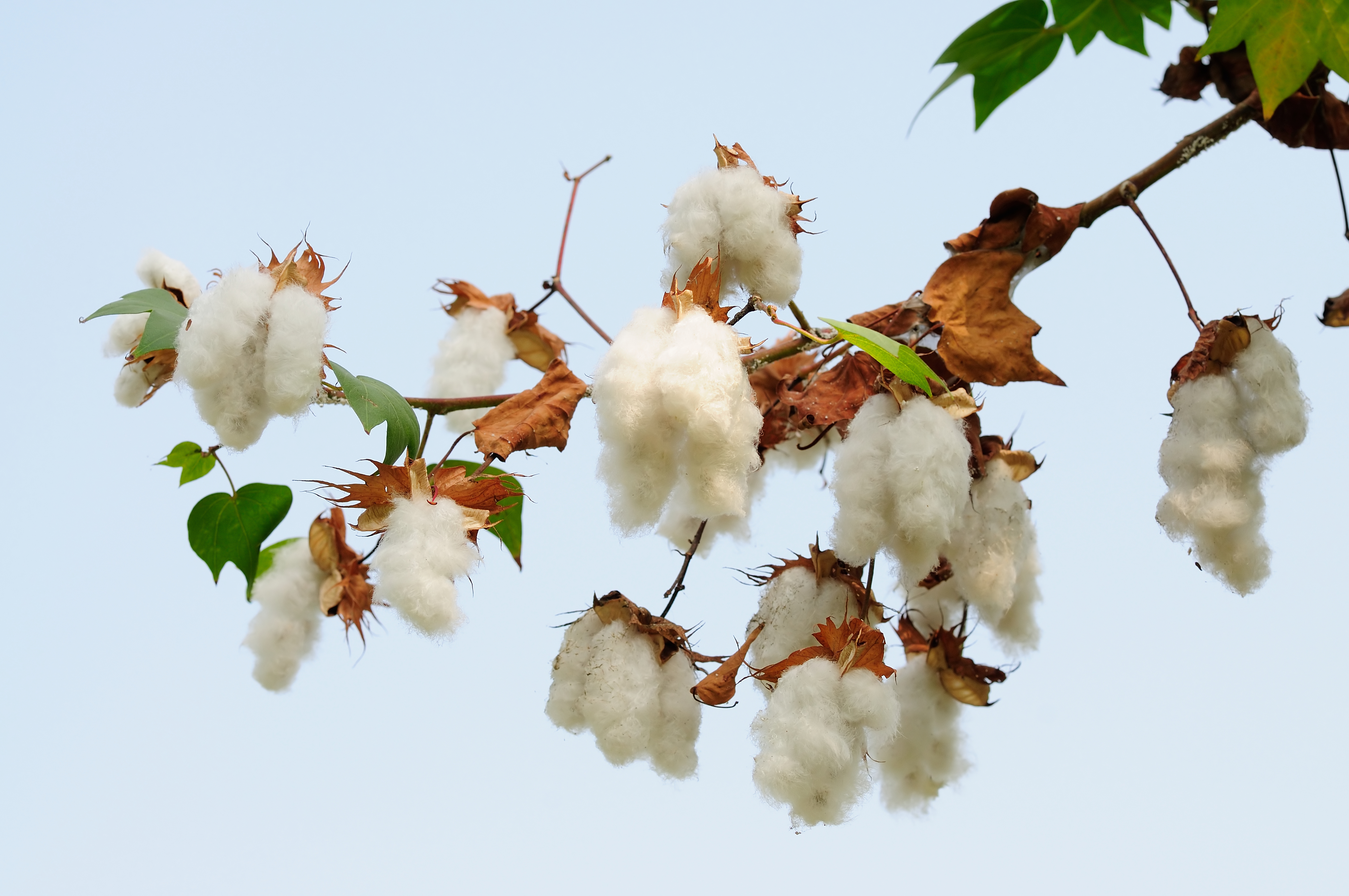
Gossypium herbaceum: Levant cotton, native to southern Africa and the Arabian Peninsula
In 2002, the Indian government introduced Bt Cotton, an insect-resistant transgenic crop designed to combat principal pests such as the bollworm. Bt cotton raised India’s cotton production substantially and the current acreage under its cultivation is around 85%.
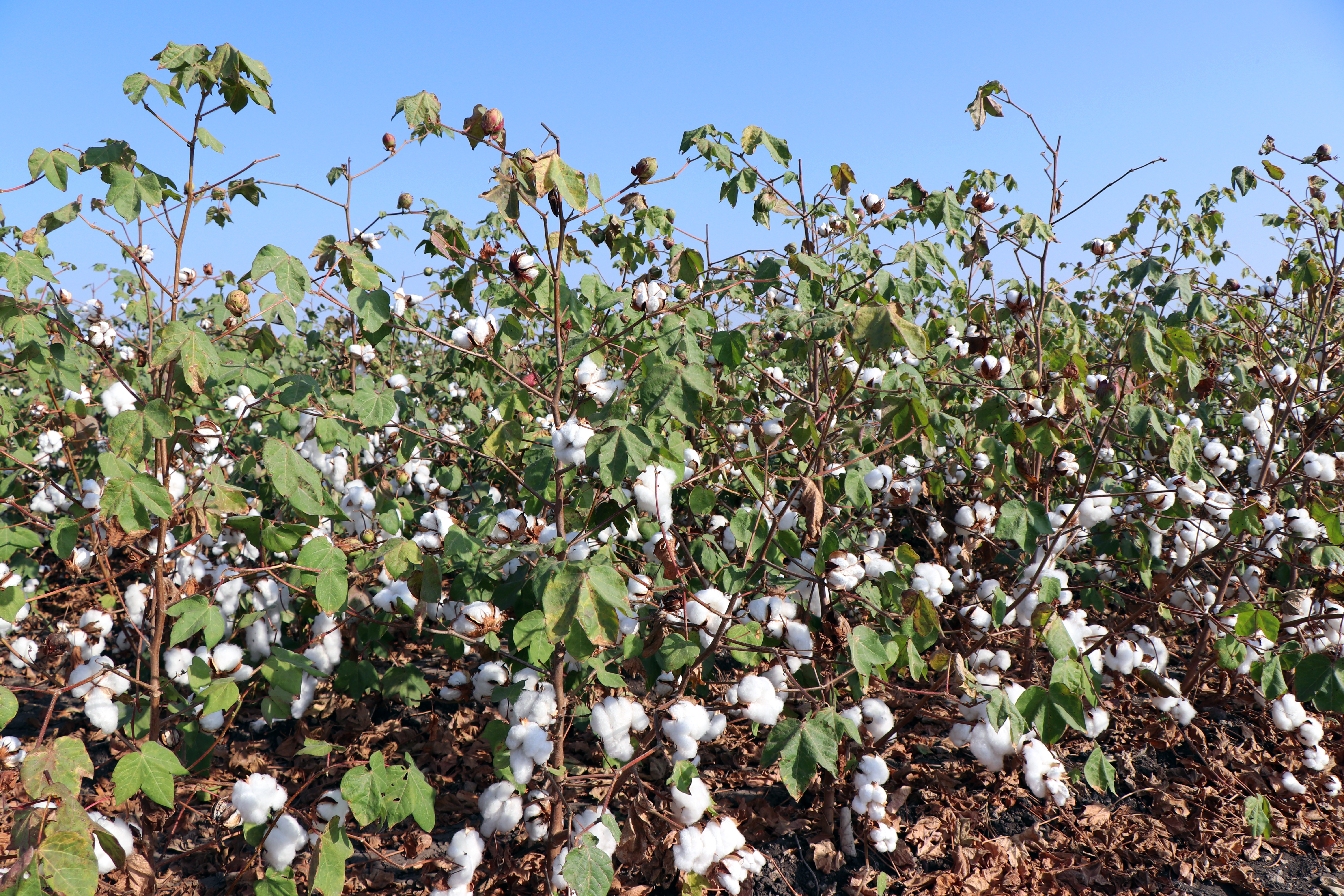
Designer Cotton Seeds
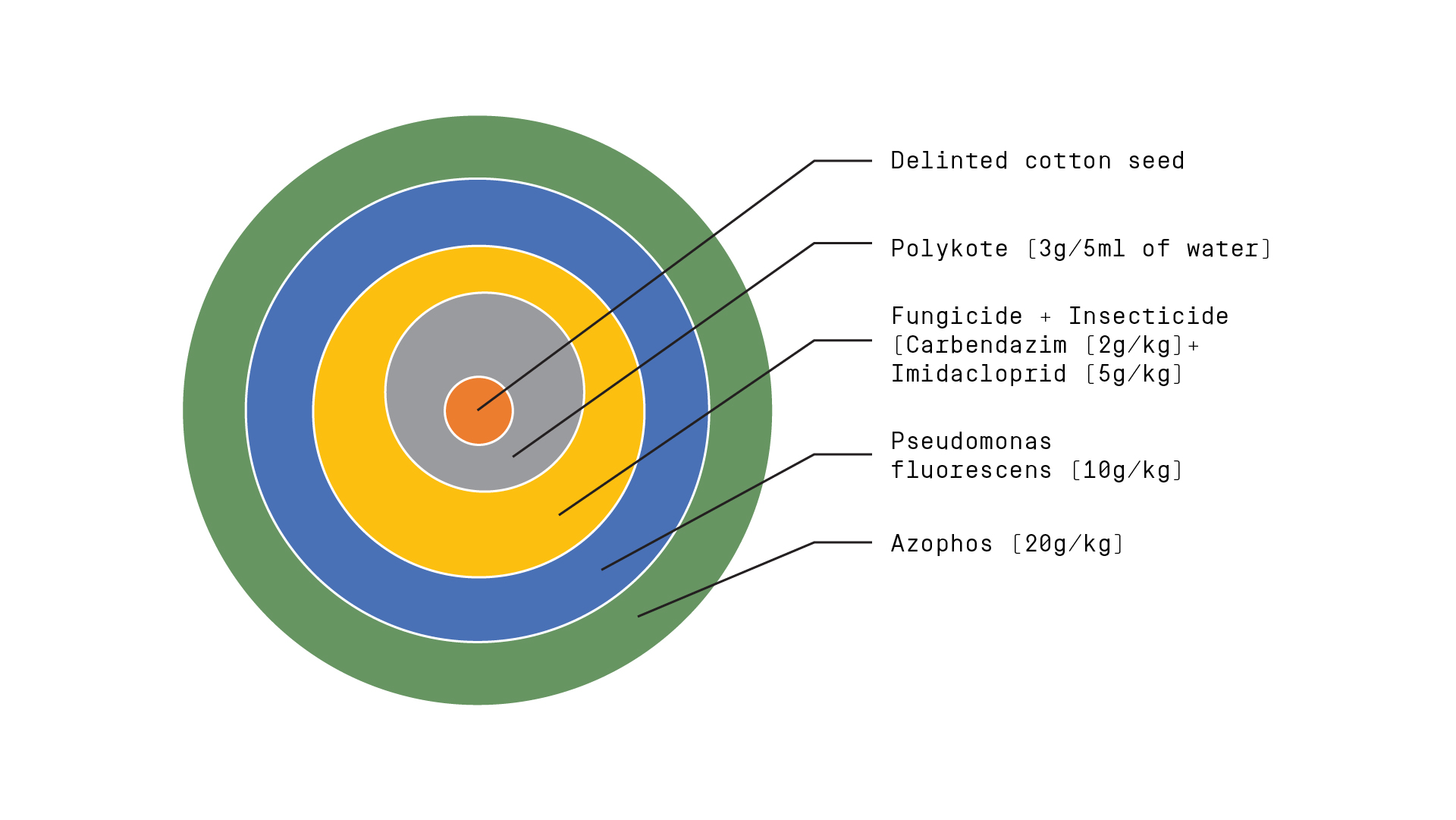
Designer seeds are integrated varieties that are fortified with a host of nutrients, plant protectants and bio-inoculants, thereby enhancing their quality and resistance to a variety of diseases.
Some of the most important benefits of employing designer seeds are
- Improved general health of seedlings
- Low plant protection cost
- Increased yield
Cultivation Practices
Close to 80 per cent of the total irrigated area under cotton is in the geographic area of Punjab, Haryana, Gujarat and Rajasthan. Cotton is a kharif crop and takes anywhere between 6-8 months to mature for harvesting in these areas. The crop is usually sown during April-May and harvested in December-January.
In peninsular India, cotton cultivation follows October – May pattern. The relatively mild winters and frost-free temperatures make it an ideal period for the crop. In Tamil Nadu, cotton is sowed both as a kharif and rabi crop.
The ideal temperature conditions during the period of cotton growth is a high amount of rainfall at the time of sowing and sunny, dry weather during ripening. Any rainfall during the harvest period can greatly damage the crop.
Cotton cultivation is closely related to deep black soils (regur) of the Deccan and the Malwa Plateaus and those of Gujarat. It also grows well in alluvial soils of the Satluj-Ganga Plain and red and laterite soils of the peninsular regions. Cotton quickly exhausts the fertility of soil. That is why fortifying it is very necessary.



